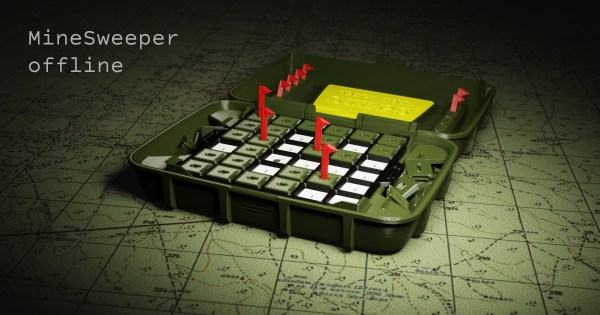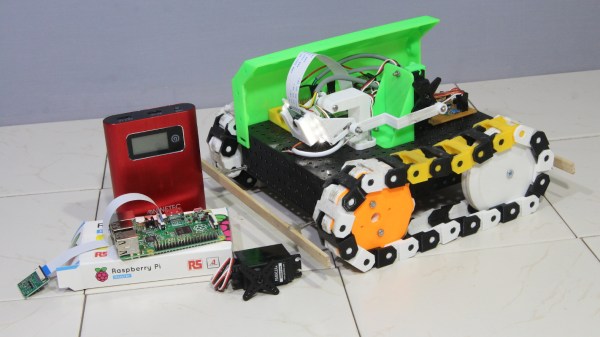The London Underground is an iconic piece of Victorian era engineering. What started in 1863 quickly became a core piece of infrastructure that would define the modern character of the British capital. It’s grown and changed immensely in the many years that have passed. Sadly, increasing patronage and more trains have created problems that the original designers never envisaged.
Deep in those London tunnels lies an engineering challenge. The Tube is literally cooking itself. Every day, millions of commuters descend into a network of tunnels that have been absorbing heat since the reign of Queen Victoria. Those clay-lined tubes have been soaking up excess thermal energy like a giant underground radiator, and now they’re giving it back with interest. The tunnels are simply too hot, and cooling them down is inordinately difficult.
The Perfect Storm of Thermal Chaos
The Tube’s heat problem isn’t just about one thing gone wrong – it’s about everything gone wrong at once. When Victorian engineers designed these tunnels, cooling wasn’t a major consideration. The tight, compact tunnels were built deep, nestled in the clay beneath London. In the early days, temperatures in the Underground were considered comfortably low.
“The Underground’s the only spot for comfort when the days are hot; it is cooler below.” – London Underground poster, 1926
Originally, the clay surrounding the tunnels sat at around 14°C, acting as a heat sink for the network. However, over the years, with more trains coming and going and more heat pouring in, the temperature has risen. It now typically sits anywhere from 19° to 26 °C. That’s just the earth around the tunnels, though. Air temperatures are worse—hitting as high as 47°C during a 2006 heatwave. The problem has been a continual bugbear of the beloved Tube, with concerns that future heatwaves could see temperatures rise ever higher. Continue reading “The London Underground Is Too Hot, But It’s Not An Easy Fix”





















